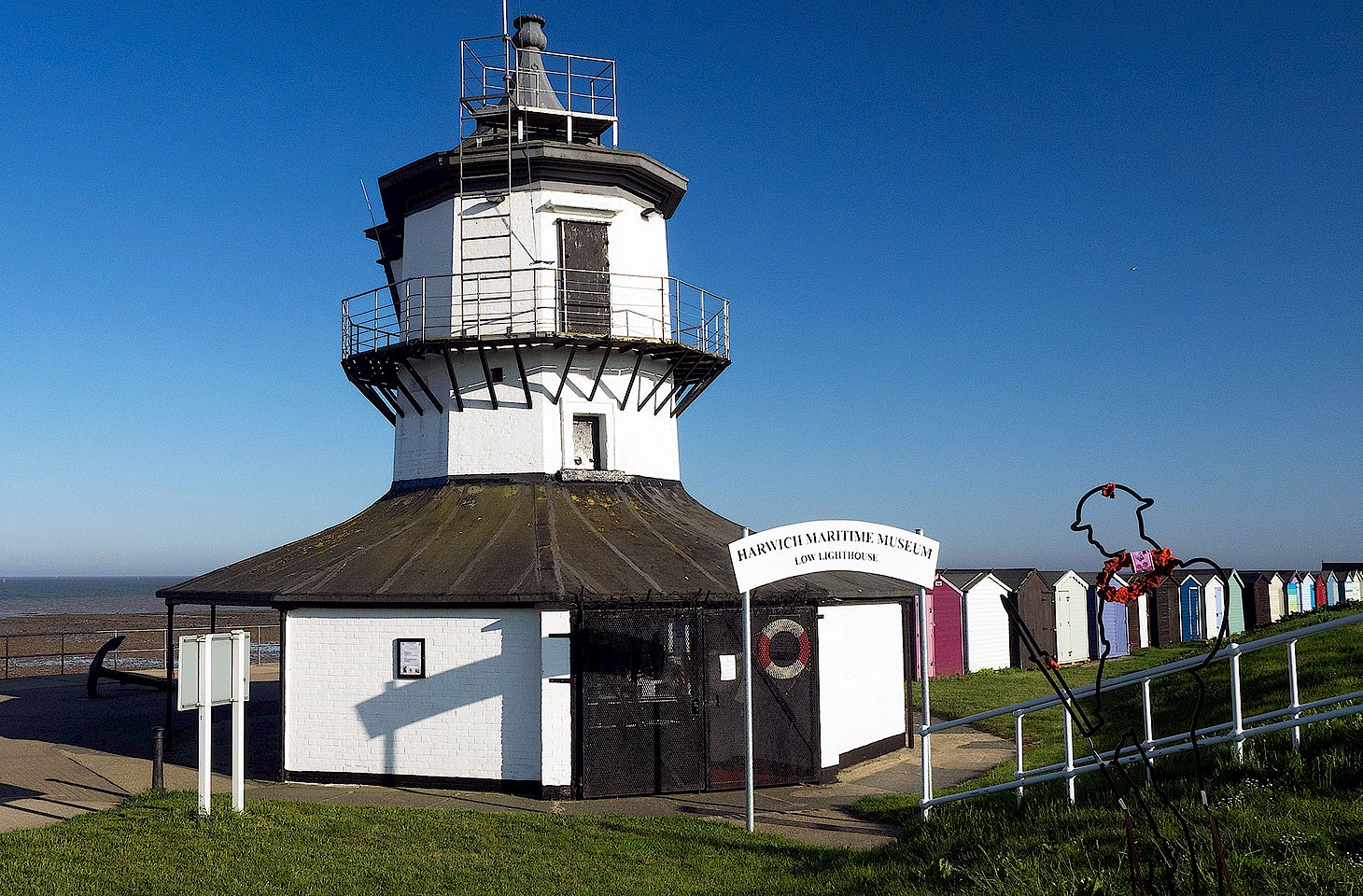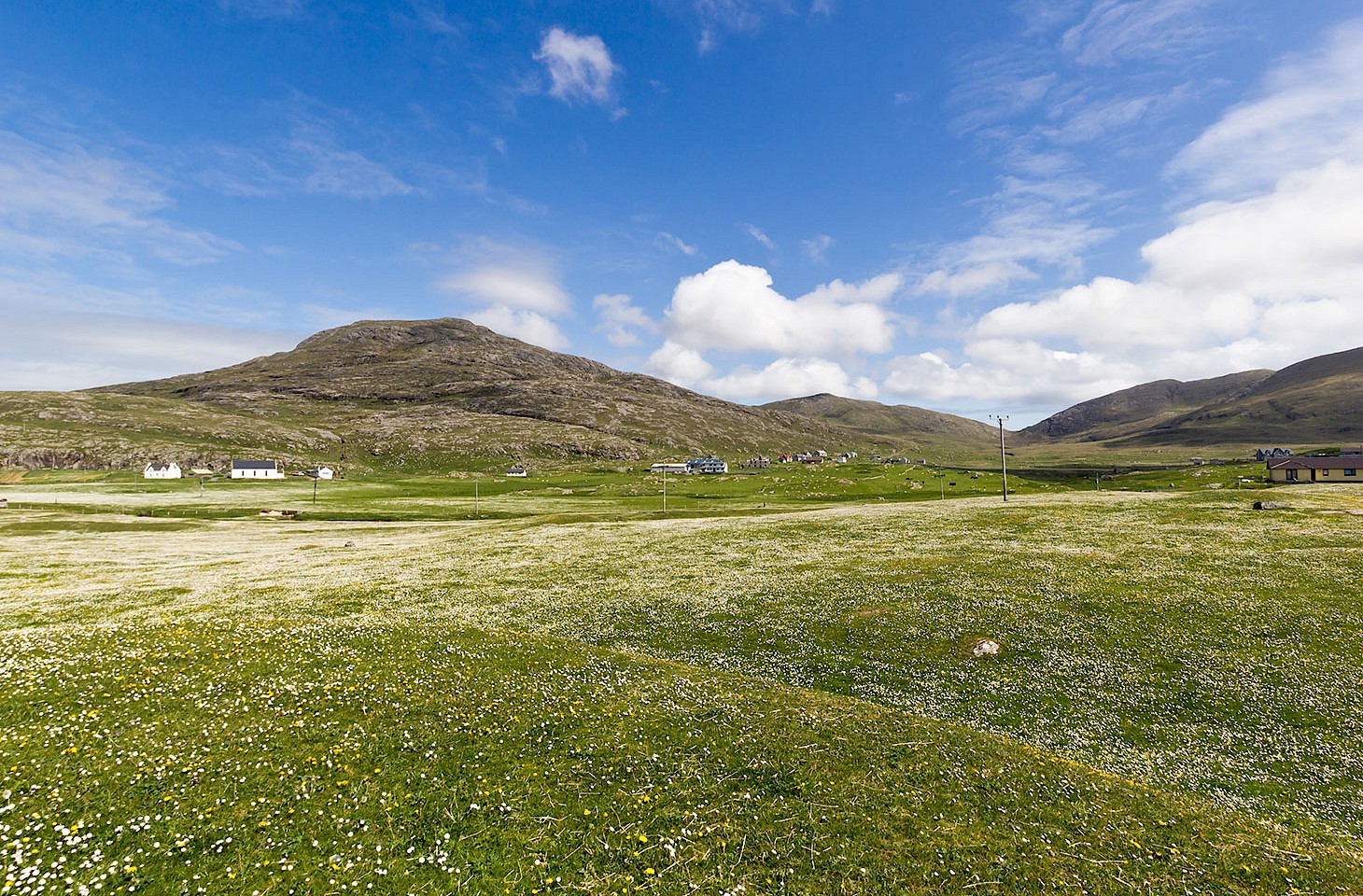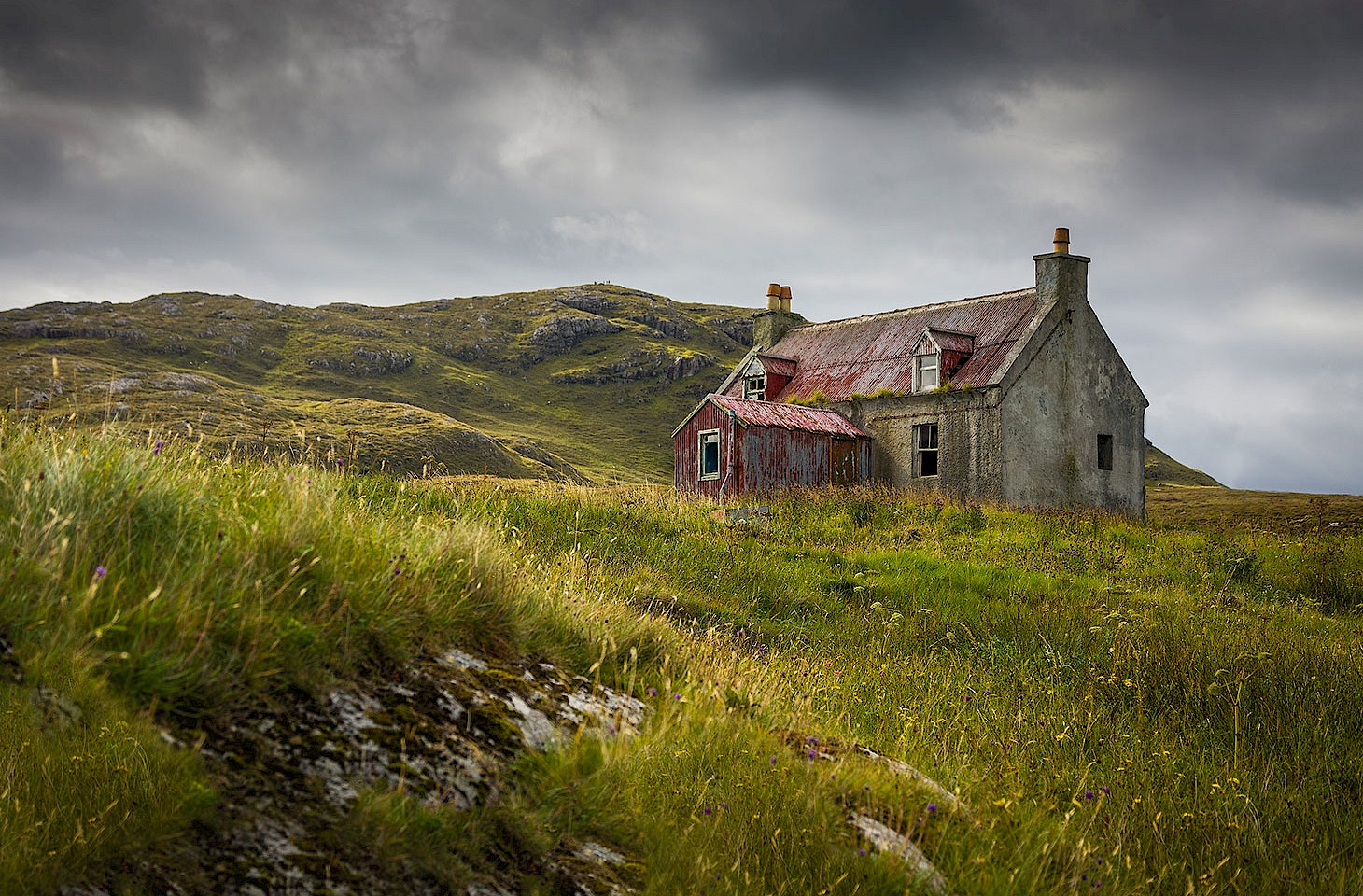The crowd pushes forward, excited gestures and voices, though here and there with sparks of impatience. Everyone wants to get to the front. There’s a babble of Spanish voices, a snatch of Italian here and an excited French couple over there. And then we hear a snippet of English somewhere behind us. Two Americans swapping casual chat in the ebb and flow of the crowd.
One shouldn’t eavesdrop. But one does.
“So you’re a travelling man?” The voice is Fargo-ish, someone from Minnesota perhaps.
“Yes,” comes the reply. “I am travelling from west to east,” another voice says. The tone suggests the southern states. The hill country of the southern Appalachians, possibly. We don’t know. We never will.
Then, in the random movement of the crowd, paths diverge and the unseen voices are lost for ever. Men without faces. But we have heard enough to know that the two New World interlopers, evidently strangers to each other, are Freemasons.
The Dan Brown effect
Over the last dozen years, curiosity about Freemasons has blossomed. Perhaps it is the taunt of the unknown, the half-understood, the misunderstood. The publication of Dan Brown’s novel The Lost Symbol in 2009 helped propel Freemasonry into public discourse, with much of the debate focusing on Masonic symbols and the alleged cult of secrecy which surrounds Masonic tradition and practice.
Freemasons apparently provoke strong opinions. Franco and Hitler could not abide them. They were not tolerated in the Soviet Union. While in some European countries, Freemasonry is seen as a harmless fraternity, elsewhere public opinion is sceptical, sometimes even hostile. Freemasons may be perceived as a shadowy cabal, a group which wields unseen influence and seeks to control large areas of commerce, culture and public policy.
The symbols and rituals of Freemasonry, such as the Eye of Providence, the square and compass, plus those alleged secret handshakes and initiation rites all invite curiosity. So it’s no surprise that, particularly in the wake of Dan Brown’s book, the last decade has seen a great increase in the number of exhibitions and museums devoted to Masonic craft and traditions. Of which the latest, due to open in the coming months, is in Riga.




